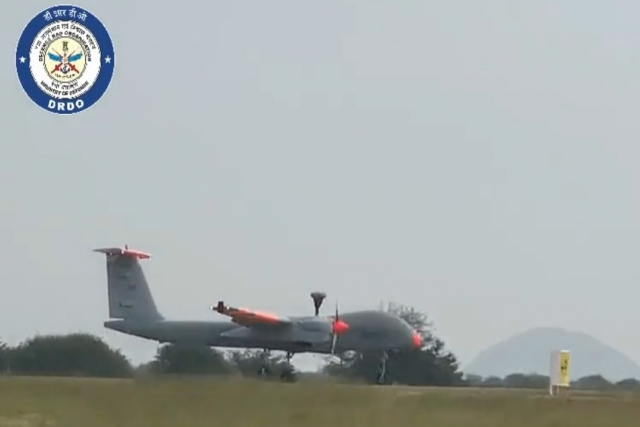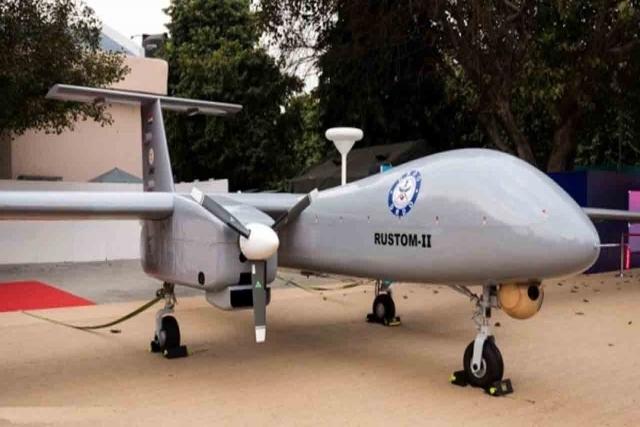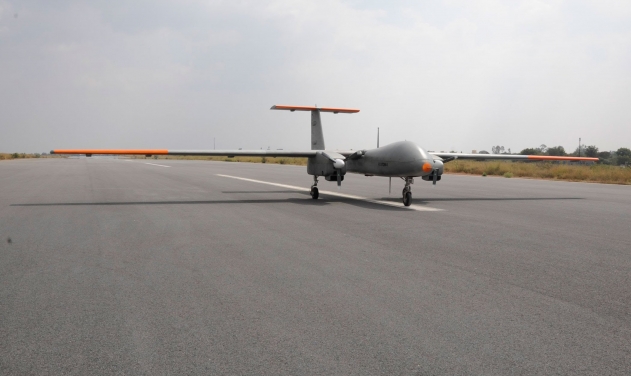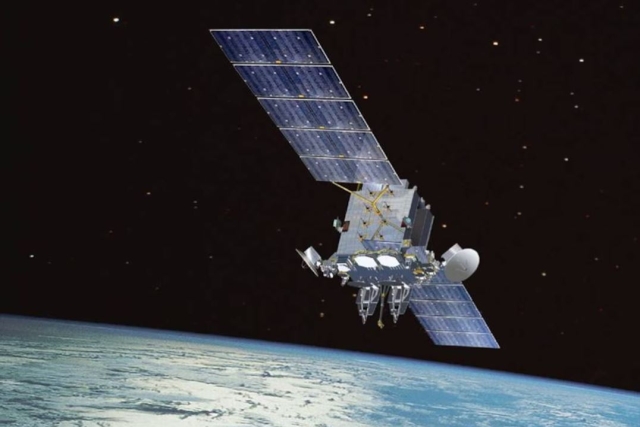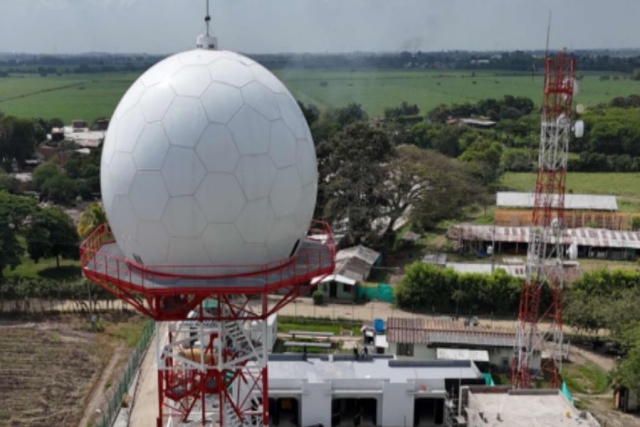Autonomous Take Off and Landing, GAGAN Satellite System Proven for India's Rustum UAV
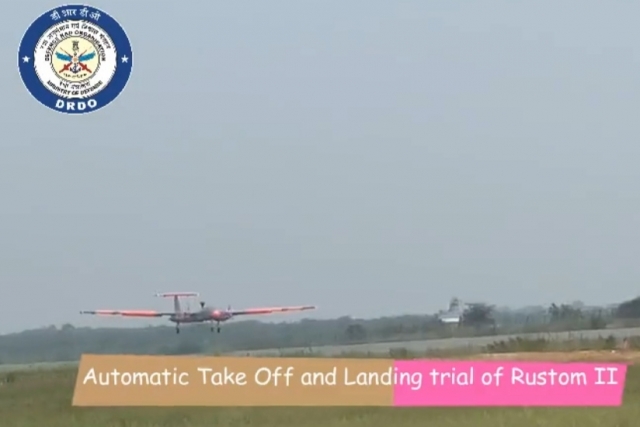
India's Defence Research and Development Organisation (DRDO) announced Saturday that critical technologies of Autonomous Take Off and Landing (ATOL) & also using GAGAN Satellite system were proven on indigenous MALE UAV Rustom II.
The tests were conducted at Bengaluru.
In September 2019, the Rustom-2 crashed during tests in Chitradurga. DRDO resumed test flights of the drone a year later. The drone successfully flew for eight hours at an altitude of 16,000 feet in October 2020.
Rustom-2 is also known as the Tapas-BH (Tactical Airborne Platform for Aerial Surveillance-Beyond Horizon 201. It is part of the Rustom line of UAVs that includes Rustom-I, Rustom-H and Rustom-C. The INR 1,500-crore ($209 million) UAV project was initiated considering requirement of the Army, Navy and Air Force. It completed first test flight with high power engine in February 2018. The UAV is capable of carrying different combination of payloads (350kg) including synthetic aperture radar, electronic intelligence systems and situational awareness systems. The UAV has an endurance of 24 hours and is similar to the American predator series of drones.
